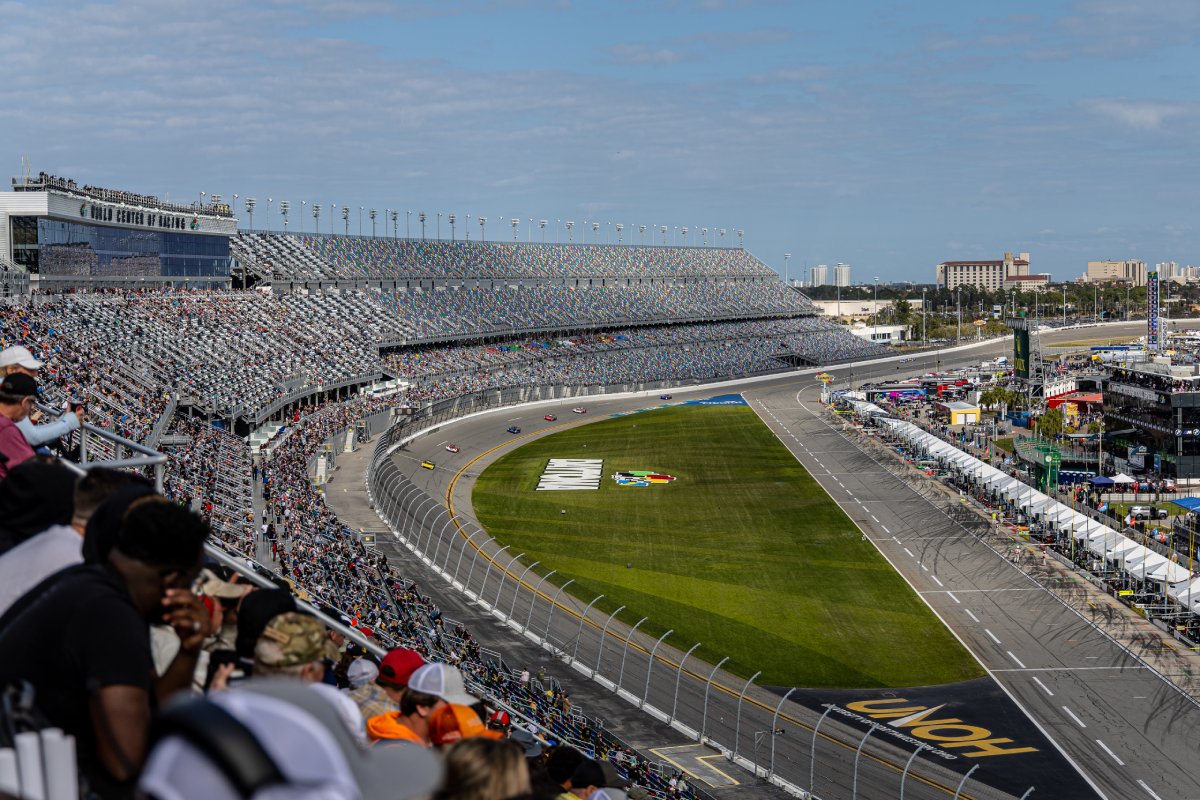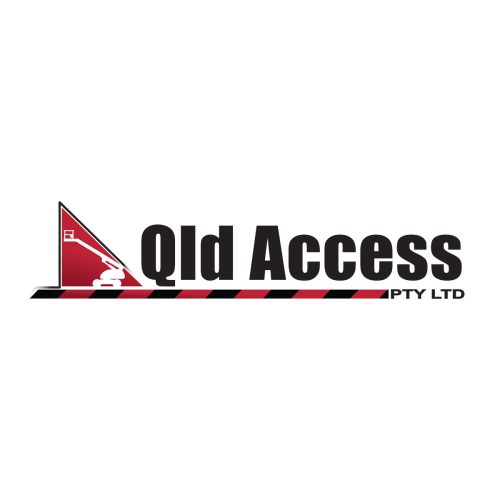

Motorsport photographer Rhys Vandersyde was one of those who made the journey to Bathurst last weekend having spent two weeks previous in Daytona. Writing for Speedcafe.com, he recounts his time at the Rolex 24, his first experience of the event.
Every passionate motorsport fan has a bucket list of events that they want to attend.
For those of us, like myself, who are fortunate enough to work in the motorsport industry, that list often features some of the most iconic races around the world. One of those events for me was the Rolex 24.
I’m very fortunate to work regularly at the best race tracks and events in Australia (and occasionally New Zealand), but something that had eluded me until now was crossing one of those big international events off my bucket list.
Prior to the world grinding to a halt in 2020, the plan had been to attend the Spa 24 Hour (I had an airfare booked and everything), but for obvious reasons, that was postponed.
With life back to normal, and a full motorsport season in the books to help the bank balance bounce back, it was time to make that dream a reality.
Why the Rolex 24?
The debut of the new era of prototype racing was a big factor in heading to the US instead of Europe as previously planned. Porsche, BMW, Cadillac, and Acura (Honda) all racing their GTP spec cars for the first time – that was something too intriguing to pass up.
Also, a number of Aussie and Kiwi drivers who I’d worked with during their junior racing in Australia before they headed overseas were also competing in the race.
While being one of the first major events of the year, it was very easy to lock in knowing that it wouldn’t conflict with any of my other commitments back in Australia, although getting back home for the Bathurst 12 Hour would be an adventure in itself – that’s a story for another time.
Even before officially arriving at the Daytona International Speedway, the immense scale of the track was something else.
After checking into my accommodation, the cheapest hotel I could find near the track (which is probably a story in its own right), a quick run out to the local supermarket to grab some supplies for the week presented my first view of the circuit, the back side of the impressive grandstand.
The only thing I could equate the experience to would be the moment you see those iconic Mount Panorama letters on the mountainside as you finish the drive into Bathurst, but the scale of the structure in Daytona was something else.
And for it to be surrounded by retail outlets and chain restaurants, it was unlike anything you’d see in Australia.
Driving into the track for the first time was equally as impressive. The angle and height of the banking. The massive grandstand towers over any sports stadium I’ve ever seen in my life (even the few in the US that I visited in my travels). In a word, immense.
American race fans
The American motorsport fans were also a novelty to meet.
Their camping setups were huge; bus-sized RVs (campervans) filled the majority of the infield camping area. Some of the setups were quite extravagant with rooftop decks and full barbeque smokers. Americans just don’t seem to do anything small.
After adjusting to the sheer scale of everything in Daytona, the experience at the track fantastic.
Access and setup for the fans was amazing, and while there wasn’t typically as much driver engagement on the schedule as you might expect from a Supercars event, everyone had access to garages.
The garages were also setup angled so that there was a viewing window into each one, remembering that the garages are separate from the pitlane, being a NASCAR circuit first and foremost.
It took me a couple of days to get up to speed with photographing around the track, partly to do with the scale, partly to do with understanding how they do things in the US, and also partly getting out of holiday mode after a couple of weeks exploring America.
But once I did, the track presented some really cool opportunities to get some amazing photos.
The job at hand
Those of you who follow me on social media know how much I enjoy photographing motorsport at night; race cars come to life once the sun sets, showcasing so much more of the extremes they endure on track, but we get very limited chances to capture it in Australia.
So, having 13 hours of racing through the night plus three hours of practice after dark allowed me to test and try out many different shots and angles to come up with some really amazing photos (if I don’t say so myself!).
The carnival-type atmosphere also added a fun element to play with. The colourful lighting on the ferris wheel was a fun feature, as was the fireworks display.
A 24 hour race was also a new experience for me. I’ve worked many Bathurst 12 Hours, but twice around the clock was very different.
I went into the race aiming to work right through, but I must admit fatigue got the better of me an unplanned 45-minute power nap at 04:00 got me through to the end – plus the few hours after the race getting photos sorted, edited, and uploaded.
All-in-all, I spent 32 hours at the track for the 24 hour race, and a couple more at the hotel working on photos.
Did I mention that those new GTP spec cars are very impressive?
We’ve got a couple of LMP3 cars racing in Australia and when the Asian Le Mans Series held an event at The Bend a couple of years ago, we got to see how impressive LMP2 cars are. But GTP is another level again.
And for those cars to debut and compete at such a high level straight out of the gate was properly impressive and a testament to the dedication of the manufacturers. I’m now very keen to see how they match up with the likes of Toyota and Peugeot at Le Mans.
All in all, the Daytona 24 Hour was an amazing experience.
The locals were very accommodating and seeing the new GTP spec cars in action was equally amazing.
If the Rolex 24 isn’t not on your bucket list, I’d definitely recommend adding it.
Check out Rhys’ images from the Rolex 24 in Daytona, where he supplied photos for Speedcafe.com.






















Discussion about this post